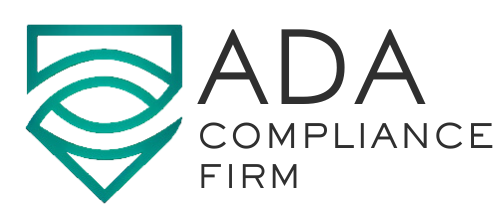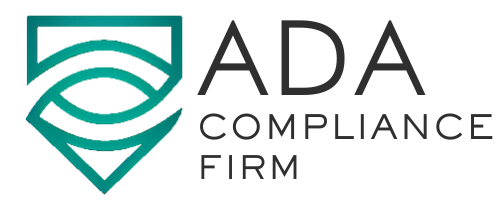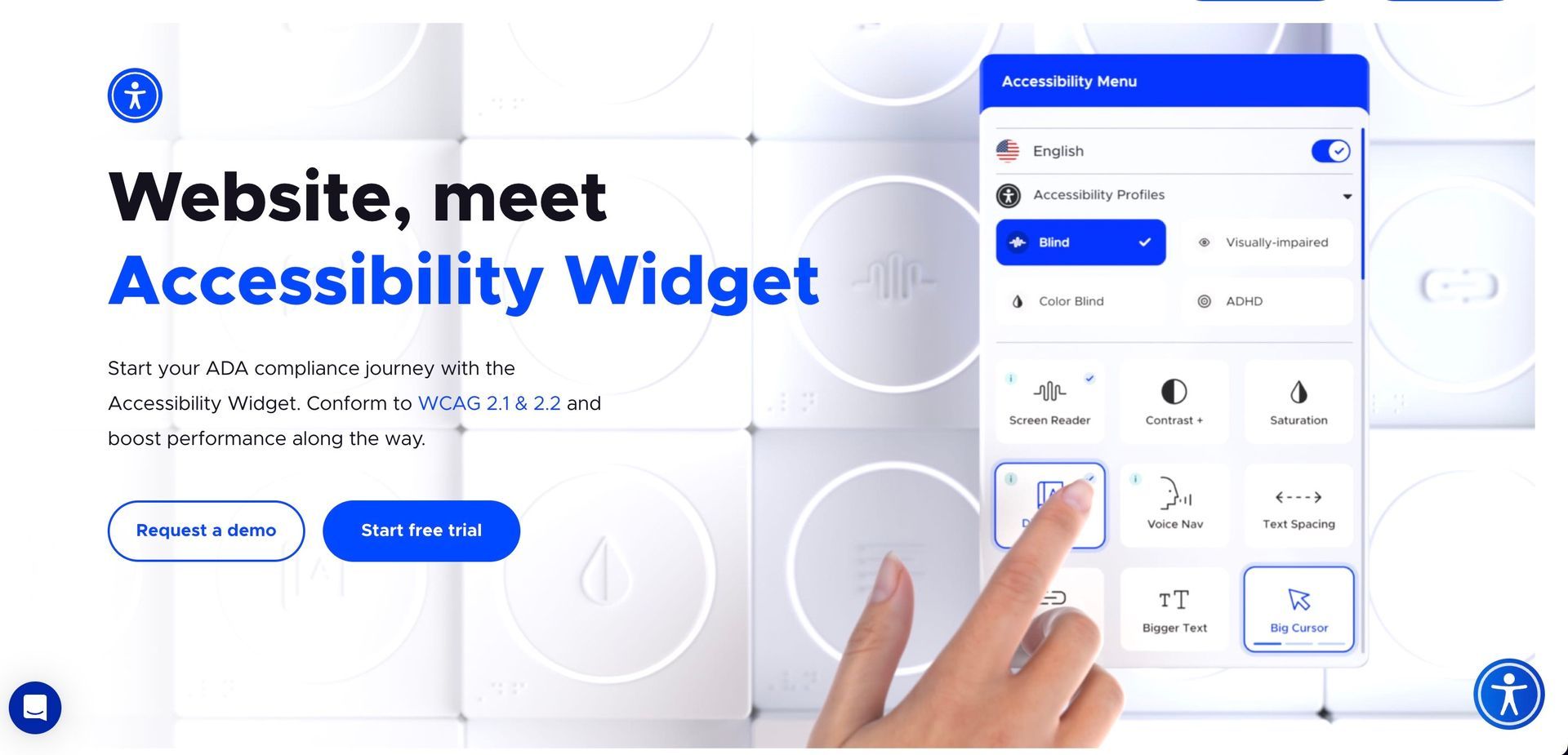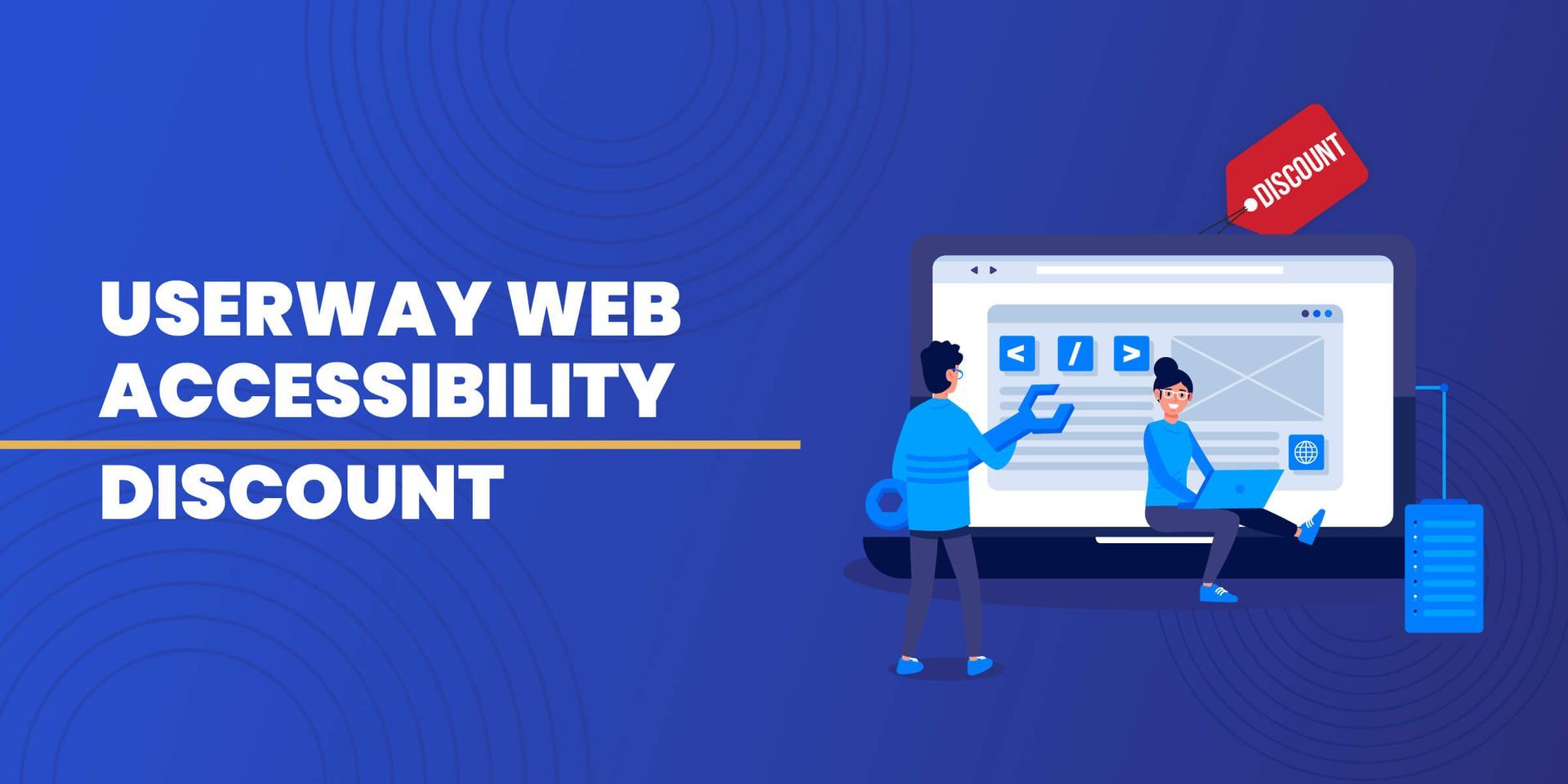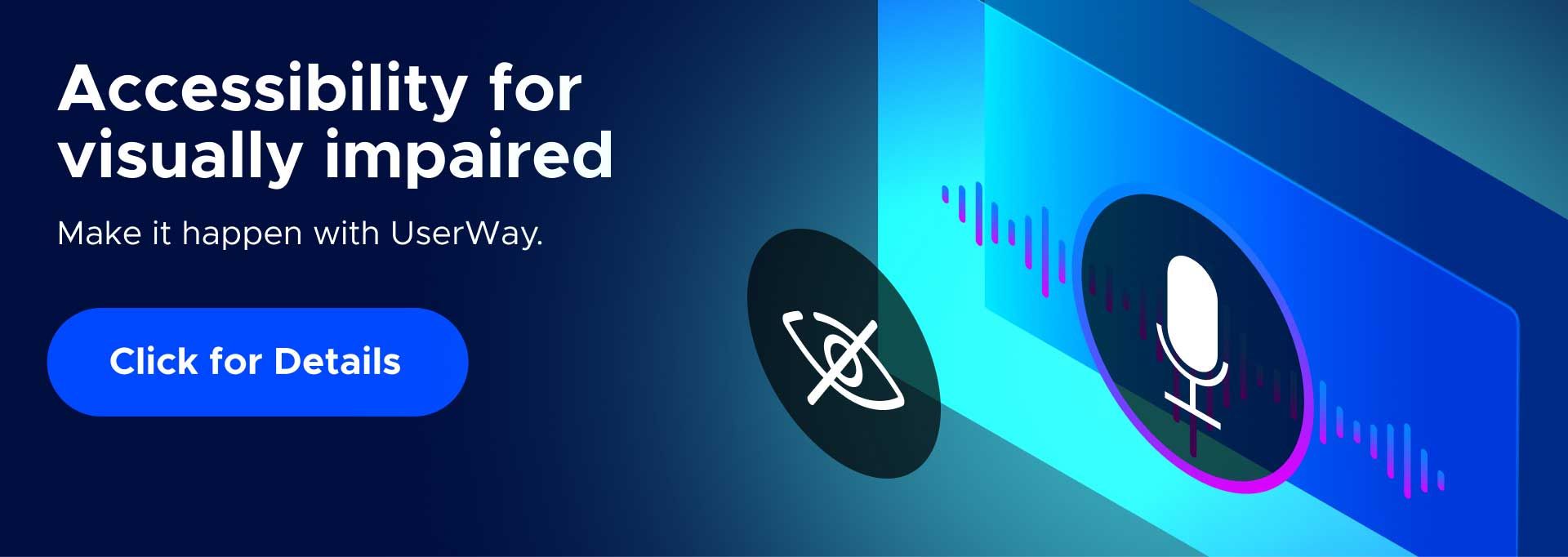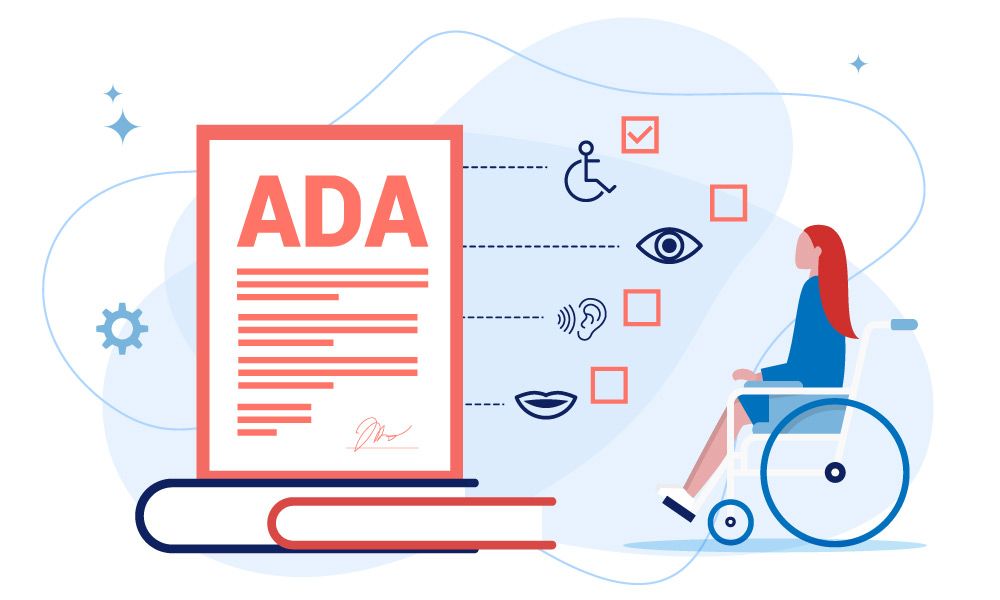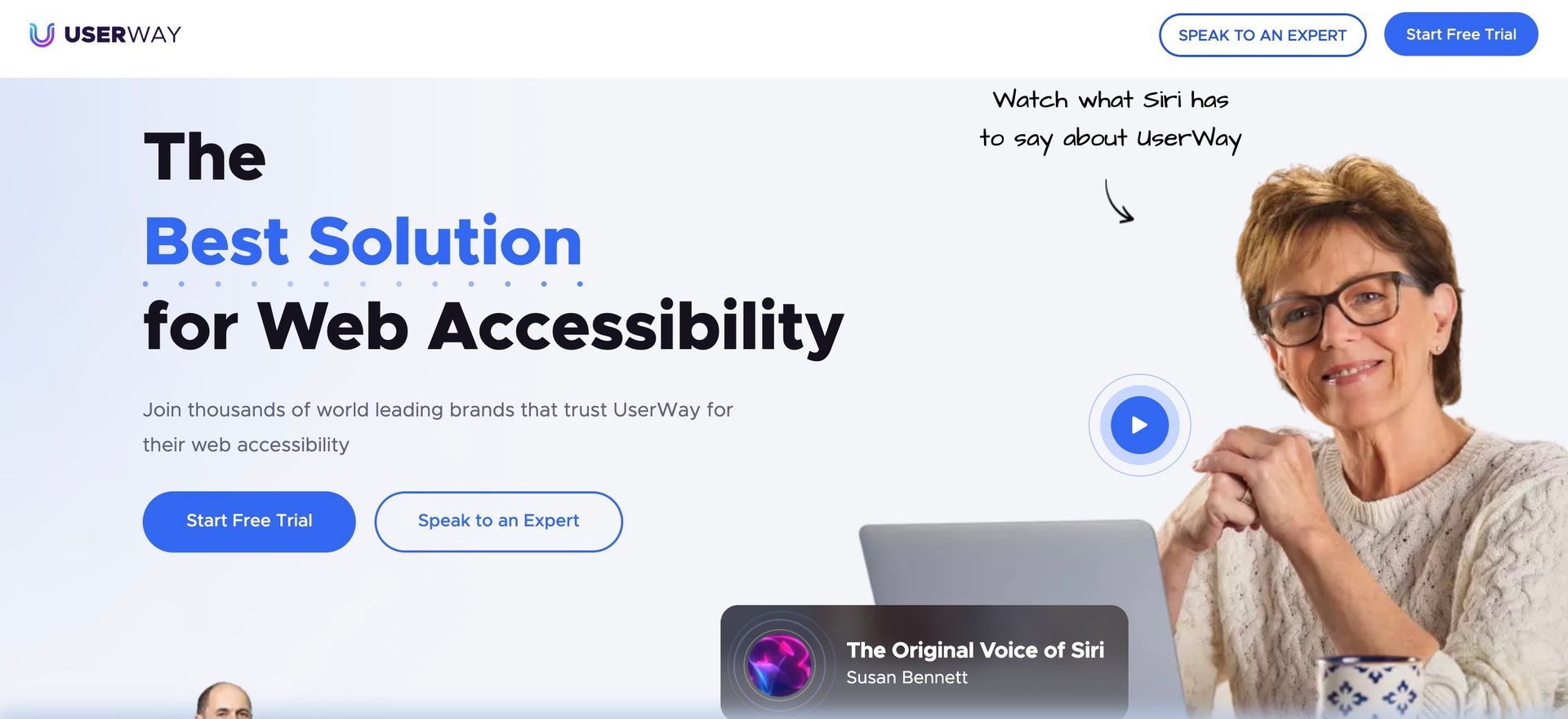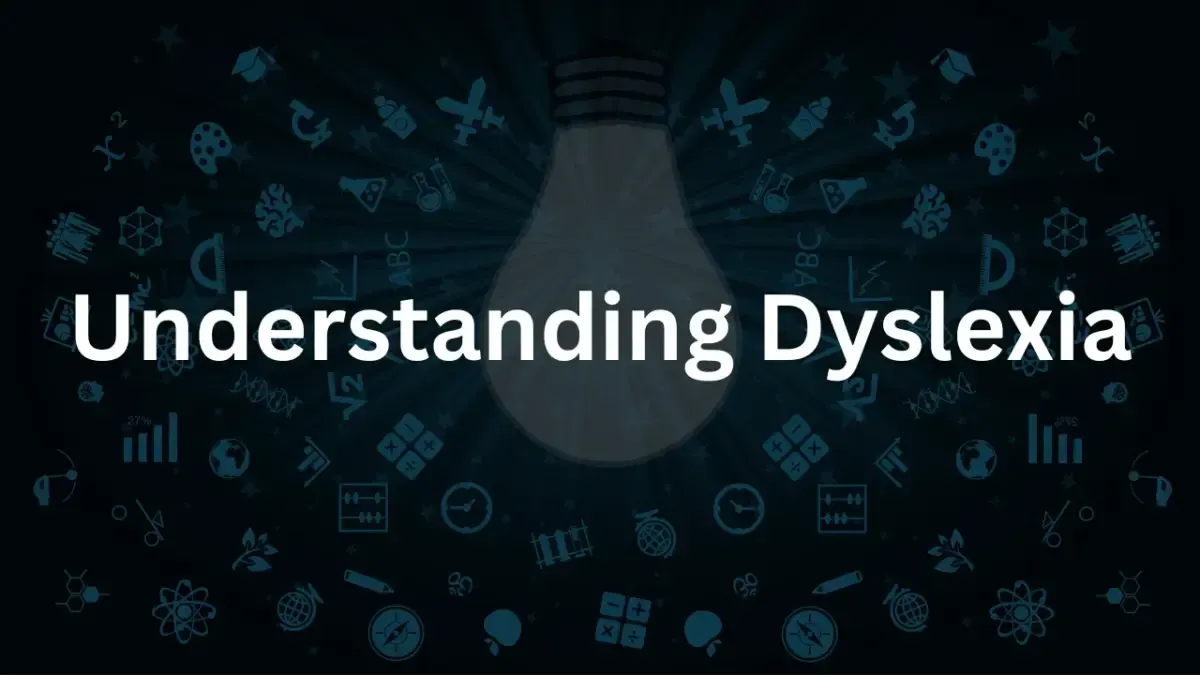A Comprehensive Guide to Disability Inclusion and ADA Compliance

The shifting dynamics of the modern workplace call for an inclusive environment where diversity is recognized and fiercely celebrated. Disability inclusion is one vital stride toward diversity, a commitment beyond mere accommodation to empowering every employee to contribute their best.
The Americans with Disabilities Act (ADA) has played a crucial role in fostering such environments, yet the journey toward true inclusivity is ongoing. Despite significant progress, employment rates for people with disabilities still trail behind. This comprehensive guide aims to educate employers, HR professionals, and disability advocates on creating truly accommodating workplaces compliant with the ADA.
Understanding ADA Compliance
The Americans with Disabilities Act Explained
The ADA is a civil rights law that prohibits discrimination against individuals with disabilities in all areas of public life, including jobs, schools, transportation, and all public and private places that are open to the public. The ADA’s relevance in the workplace is paramount, setting the stage for more equitable employment opportunities.
Key Provisions for Employers
Employers have specific responsibilities under the ADA, including providing reasonable accommodations, ensuring accessible facilities, and maintaining nondiscriminatory hiring practices. Understanding these provisions is not a mere legal obligation but a moral imperative that shapes the backbone of an inclusive workplace culture.
Updates to ADA Regulations
Occasional amendments to ADA regulations mean staying informed isn’t static but dynamic. Companies must remain agile, constantly updating their policies and practices to align with the latest standards and uphold their commitments to inclusivity.
The Business Case for Disability Inclusion
Advantages of Inclusive Practices
Inclusive practices aren’t just a social demand but a strategic asset. Diverse teams bring many perspectives, leading to more incredible innovation and understanding of consumer markets.
There are proven successes from companies recognized for their inclusive workplaces, showcasing how integrating employees with disabilities can lead to broad-reaching benefits like improved employee morale and a stronger brand image.
Challenges to Disability Inclusion
Overcoming Workplace Barriers
People with disabilities often face physical and attitudinal barriers in employment settings. These may range from inaccessible infrastructure to unconscious biases that prevent full participation.
The Subminimum Wage Issue
One of the most contentious issues is the provision allowing subminimum wages for workers with disabilities. Addressing this means confronting uncomfortable truths about the value placed on the labor of people with different abilities.
Tackling Misconceptions and Biases
Educating staff and leadership about disabilities can break down harmful stereotypes that often prevent people from genuinely embracing inclusivity.
Best Practices for Creating an Inclusive Workplace
Communication and Accommodation
Creating an inclusive workplace for employees with disabilities involves proactive communication strategies and a dedication to providing necessary accommodations. This might include flexible scheduling, assistive technologies, or ergonomic workspaces tailored to individual needs.
Building Awareness and Sensitivity
Regular disability awareness training can dispel myths and foster sensitivity among all employees. It’s about cultivating an environment where differences are accepted, valued, and seen as strengths.
Accessible Content and Workspaces
From website accessibility to the layout of an office, introducing and maintaining accessible features is an ongoing effort. It requires attention to detail and a willingness to view the work environment through a lens of inclusivity.
Leveraging Technology for Inclusion
Innovative tools and software can tremendously help create an accessible work environment. From screen readers to speech-to-text systems, technology is a game-changer that can bridge many gaps for employees with various disabilities.
Leveraging such tech means continually keeping up with advancements and ensuring all employees have the necessary training to integrate these tools effectively into their daily work routines.
Legal and Ethical Considerations
While legal obligations under the ADA provide a framework, there is a moral compass that points to inclusion as both a social and a business responsibility. Moving beyond compliance to a culture that wholeheartedly embraces inclusivity is an investment in any organization’s future.
Conclusion
Every discussion on empowering workplaces and ADA compliance brings us closer to a society where inclusion is the norm rather than the exception. Let us leverage this knowledge to reshape our work cultures, commit to disability inclusion, and set new standards of empathy and empowerment.
Resources
Numerous resources are available for those looking to deepen their understanding of disability inclusion. The U.S. Department of Labor’s ADA guidelines, as well as organizations like e9digital and Disability:IN, are great starting points.
Frequently Asked Questions (FAQs)
How can you make the workplace more inclusive for disabilities?
Include reasonable accommodations, adaptive technologies, and flexible policies to support different working styles. Regular awareness training can also cultivate a culture of respect and inclusion.
How do you promote disability inclusion?
Start with incorporating disability inclusion in the organization’s values and practices. Promote open dialogue on diversity and disability and proactively seek feedback on improving accessibility and support.
What is disability inclusion?
Disability inclusion means valuing the full participation and contributions of people with disabilities in the workplace, education, and other community settings.
Join our newsletter
Recent Blog Posts
